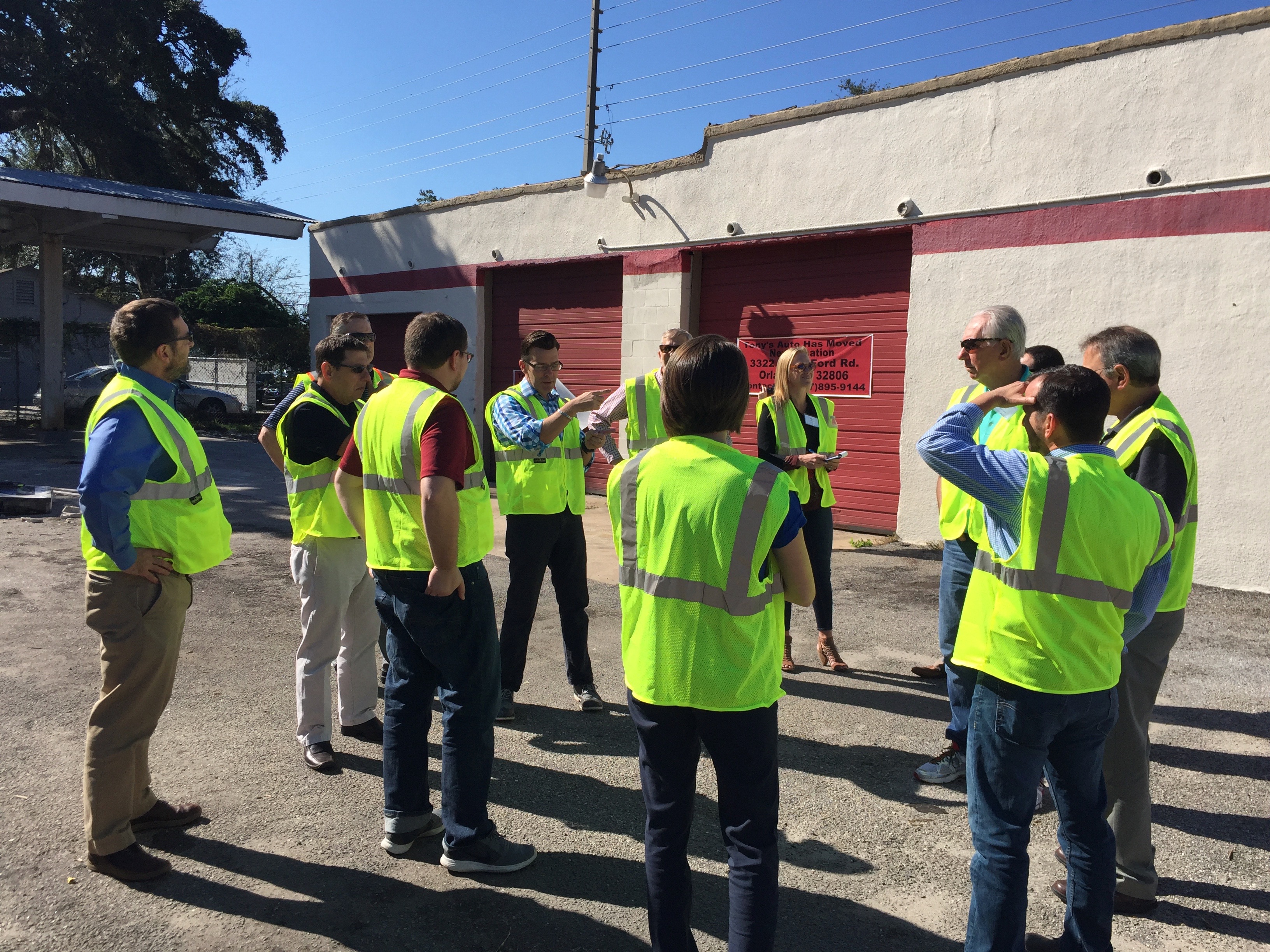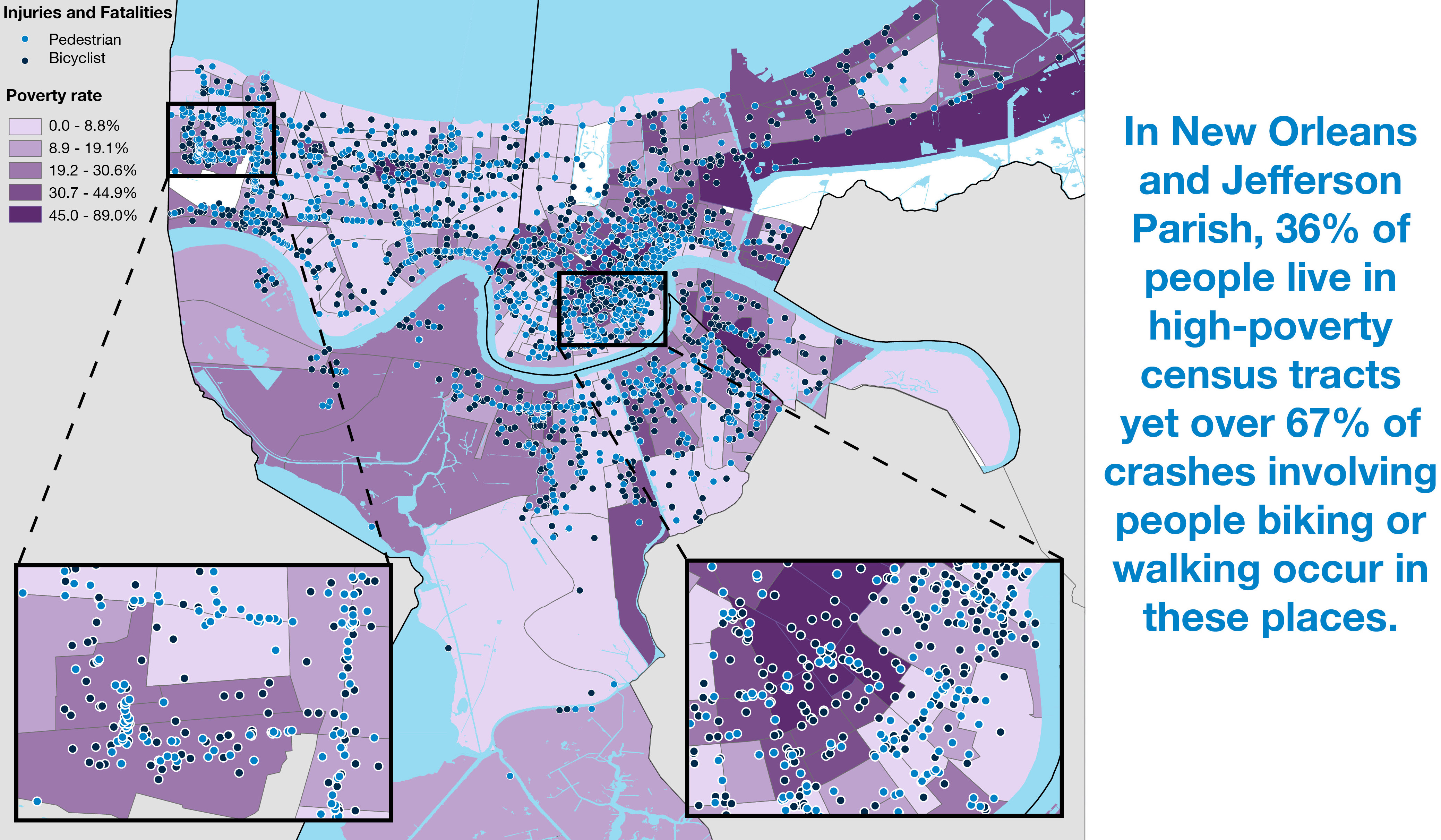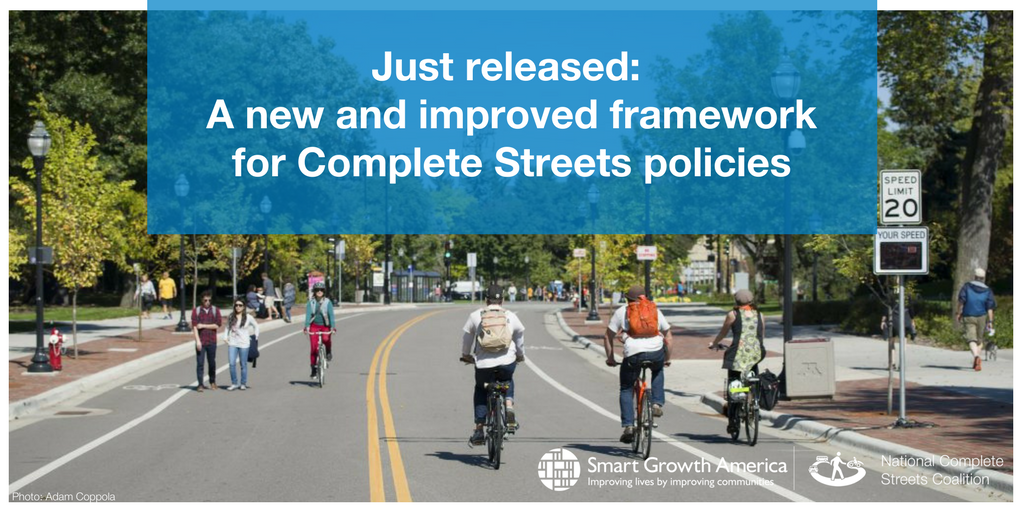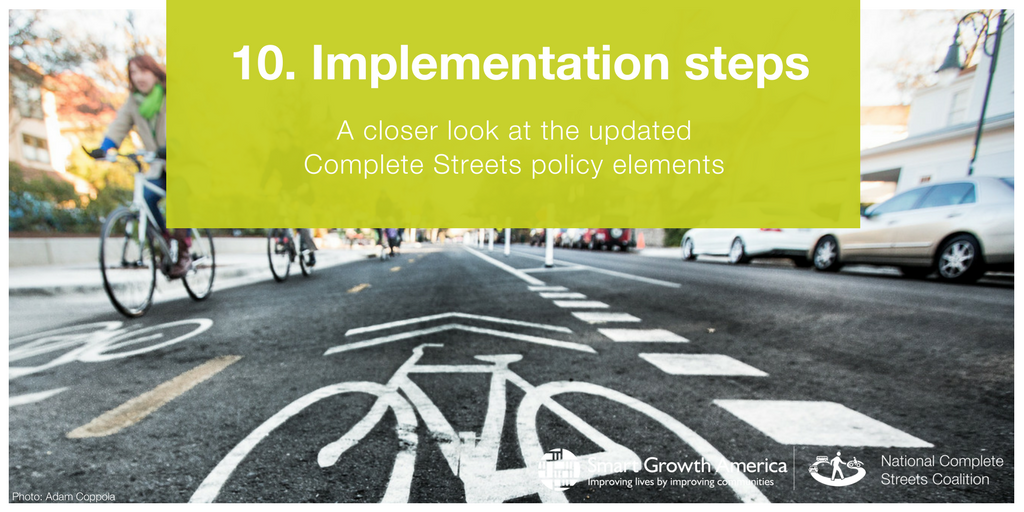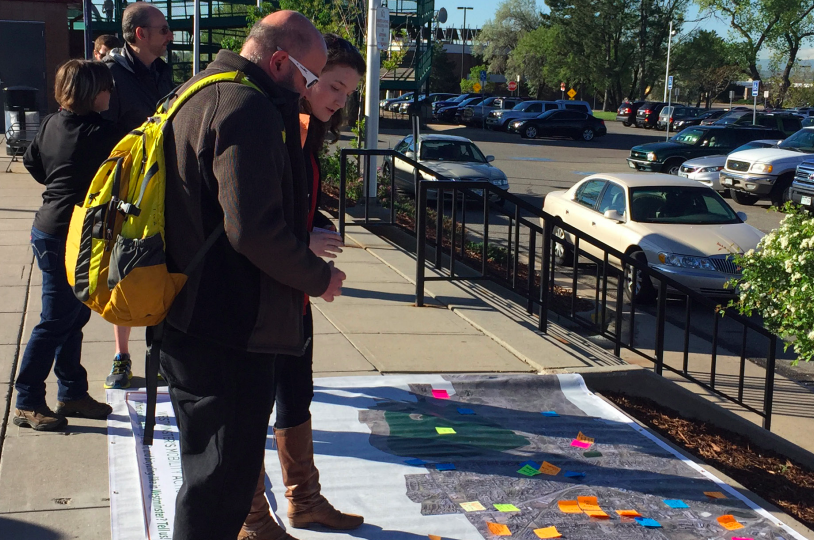
Westminster engages the community in a mobile needs assessment at a park-n-ride bus station. Photo via Westminster’s Mobility Action Plan.
Through our first Complete Streets Consortium Series, the National Complete Streets Coalition has been working with three Tennessee regions to foster state-wide collaboration and overcome barriers to safer, more equitable streets.
Now, we are excited to announce that a trio of Colorado cities has won our second-ever Complete Streets Consortium technical assistance. The Cities of Arvada, Aurora, and Westminster applied for and won the award collaboratively, and will together receive a set of three free technical assistance workshops. Each of the winning cities will host one of the workshops, which will be tailored to the region’s specific opportunities and challenges including creating first/last mile connections to new transit stations.
